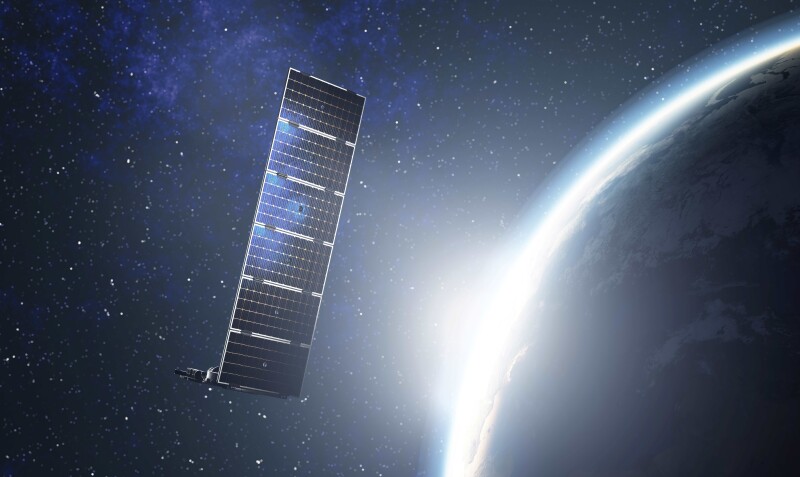In 2023, Starlink radically changed satellite communications for the commercial fishing industry when it opened up maritime service.
Small boats and big boats alike adopted the technology that offered satellite service at a relatively low price compared with others already on the market. While certain vessels still need a safety backup satellite connection, Starlink offered everything from vessel performance and at a distance to being able to video chat with family and friends, troubleshoot problems remotely, access markets, and much more.
"Nearly everyone has gravitated to Starlink,” says Erik Sundholm, who handles maritime business development for Network Innovations, an electronic provider in Seattle. “It’s so much simpler compared to traditional satellite dishes. There’re no moving parts, no adjusting to find a satellite.”
Starlink, a subsidiary of SpaceX, has brought two new innovations to the market since 2023, the Starlink Mini, which is a portable antenna, and connection system that provides 50 gigs for $50 dollars a month, or unlimited for $169. “So far we haven’t seen any fishermen interested in that,” says Sundholm. “It’s mostly for land based use.”
But Starlink’s other new development, satellite to cell phone connectivity, is drawing attention. “That’s the game-changer,” says Sundholm. “Using your cell phone for messaging anywhere at sea the same as on land. I have a friend up in Dutch Harbor who was part of the Beta testing program and he says it works great.”
Starlink has partnered with cell phone companies T-Mobile in the United States and One NZ in New Zealand to offer its satellite to cell service and eliminate cell phone coverage dead zones. According to a February 25 SpaceX press release, “Satellite messaging service is now available for T-Mobile and OneNZ customers, providing connectivity in previously unreachable areas. SpaceX will expand our global rollout of satellite-to-mobile technology in additional countries in 2025 and work towards providing additional services for IoT devices, data, and voice.”
SpaceX expects to collaborate with more cell phone network operators in 2025, providing IoT, voice, and data to users in many countries, including Australia, Ukraine, Canada, Switzerland, Chile, Peru, and Japan. For now, however, it’s messaging only in the U.S. and New Zealand. “The availability of the commercial messaging service is the first step in our vision of eliminating mobile dead zones and providing ubiquitous global connectivity using satellite-to-mobile technology,” says SpaceX.







